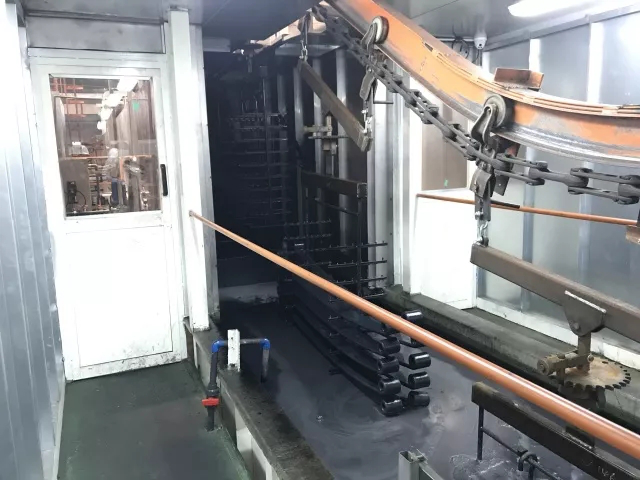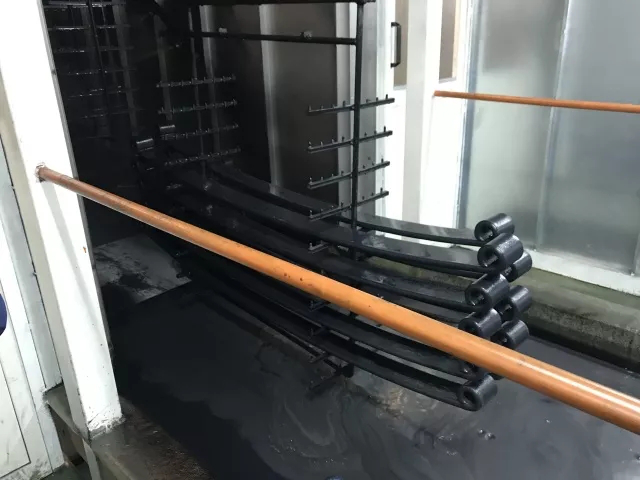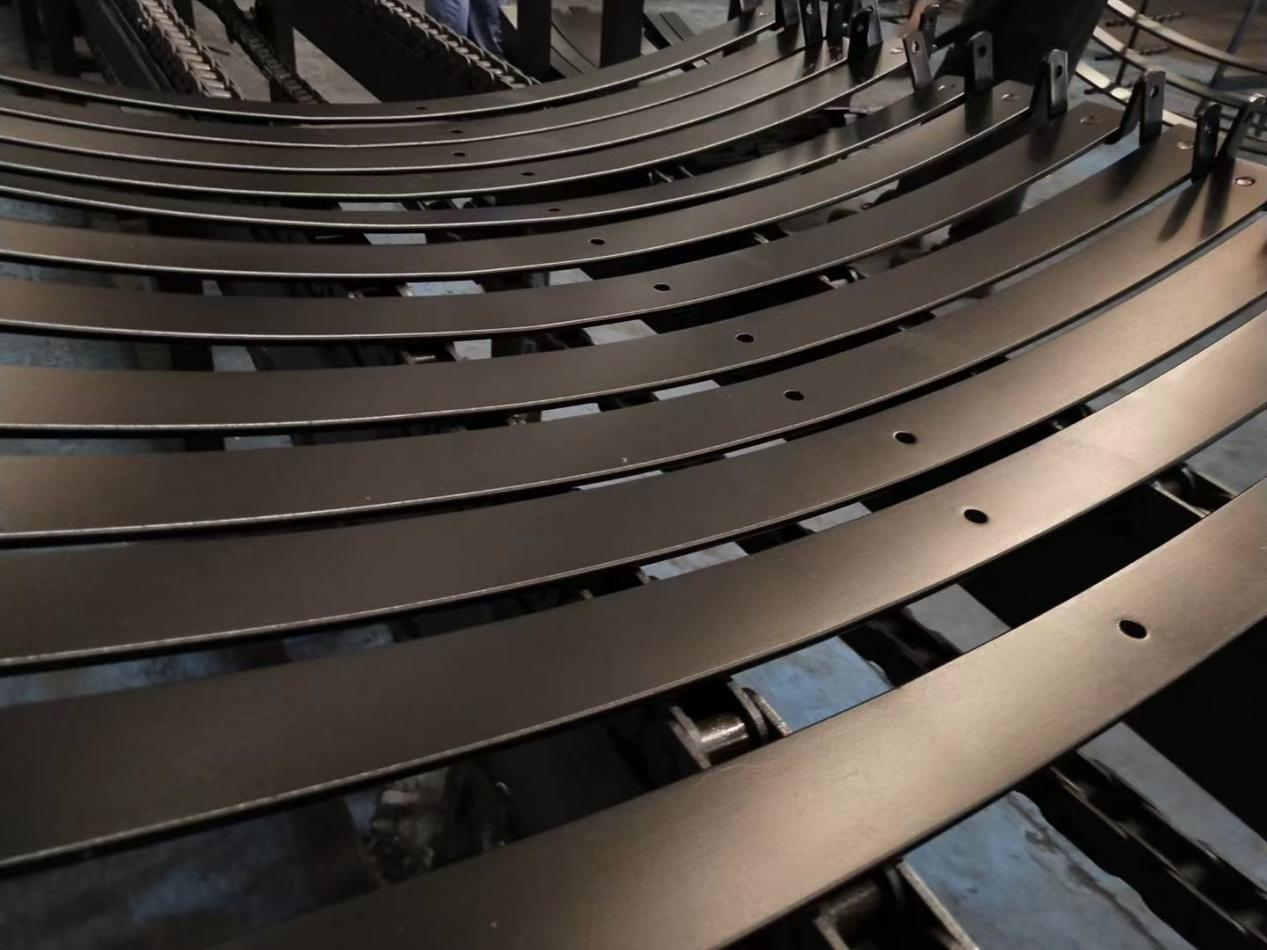The difference between electrophoretic spray paint and ordinary spray paint lies in their application techniques and the properties of the finishes they produce. Electrophoretic spray paint, also known as electrocoating or e-coating, is a process that utilizes an electric current to deposit a coating onto a surface.
On the other hand, ordinary spray paint is applied using a conventional spraying method without any electrical charge. One of the key distinctions between the two types of paints is the uniformity of the coating. Electrophoretic spray paint provides a consistent and even coverage, as the electric charge ensures that the paint particles are attracted to the surface evenly. This results in a smooth, flawless finish that does not leave any visible brush marks or streaks. In contrast, ordinary spray paint may require multiple coats to achieve a similar level of uniformity, and there is a higher chance of uneven application.
Furthermore, electrophoretic spray paint offers better corrosion resistance compared to ordinary spray paint. This is due to the electrochemical properties of the paint, which enable it to form a protective barrier against moisture, oxidation, and other environmental factors. This makes electrophoretic spray paint particularly suitable for applications in industries such as automotive manufacturing, where protection from rust and corrosion is crucial.
In terms of durability, electrophoretic spray paint also outperforms ordinary spray paint. The electrocoating process ensures that the paint adheres tightly to the surface, creating a strong bond that is resistant to peeling, chipping, and fading. Ordinary spray paint, though effective for certain applications, may be more prone to wear and tear. Another significant difference lies in the environmental impact. Electrophoretic spray paint is known for its eco-friendliness as it generates less waste during the painting process. Due to the controlled nature of the electrocoating process, there is minimal overspray or unused paint that needs to be disposed of.
Ordinary spray paint, on the other hand, can produce a larger amount of waste and may require additional measures to minimize environmental harm. In terms of cost, electrophoretic spray paint is typically more expensive than ordinary spray paint. The specialized equipment, materials, and complex process involved in electrocoating contribute to the higher cost. However, for industries that prioritize quality, durability, and long-term cost savings, the benefits of electrophoretic spray paint often outweigh the initial investment.
In conclusion, electrophoretic spray paint and ordinary spray paint differ in their application techniques, the consistency of the coating, corrosion resistance, durability, environmental impact, and cost. While ordinary spray paint is suitable for various applications, electrophoretic spray paint offers a higher level of quality, durability, and protection against corrosion, making it an ideal choice for industries with specific requirements.


What is the function of electrophoretic spray paint?
1. Improve the surface coating quality of leaf spring, not easy to rust;
2. Improve the utilization rate of coating, reduce the production cost of enterprises;
3. Improve the working environment of the workshop, reduce the production pollution;
4. High degree of automation, improve workshop production efficiency;
5. Flow operation controllability, reduce production errors.
Our company use fully automatic leaf spring electrophoresis line assembly workshop in 2017 years, a total cost of $1.5 million dollars, the full-automatic production workshop of electrophoresis spray paint line not only meets the customer’s needs in the production efficiency of leaf springs, but also provides a more powerful guarantee in the quality of leaf springs.

Post time: Mar-21-2023








